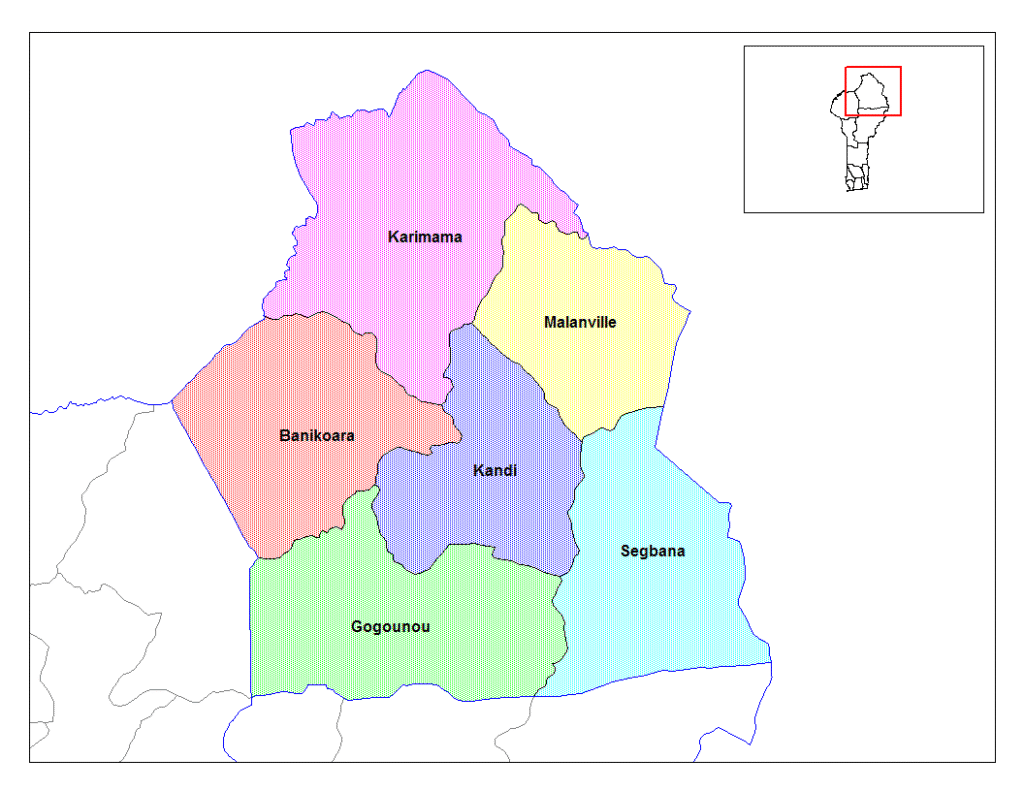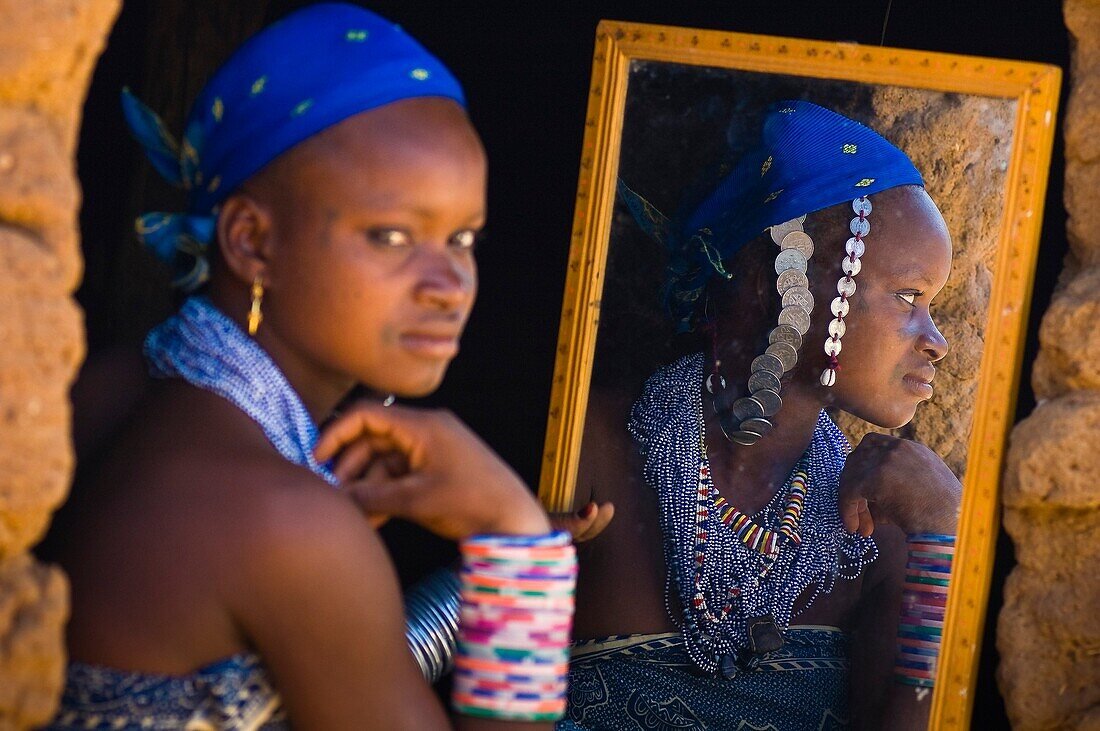
Alibori [a.li.bɔ.ʁi] is the largest and northernmost department (French: département) of Benin. Externally the department borders the countries of Burkina Faso, Niger, and Nigeria, and internally the departments of Atakora and Borgou. The department of Alibori was created in 1999 when it was split off from Borgou Department and is named after the Alibori River.
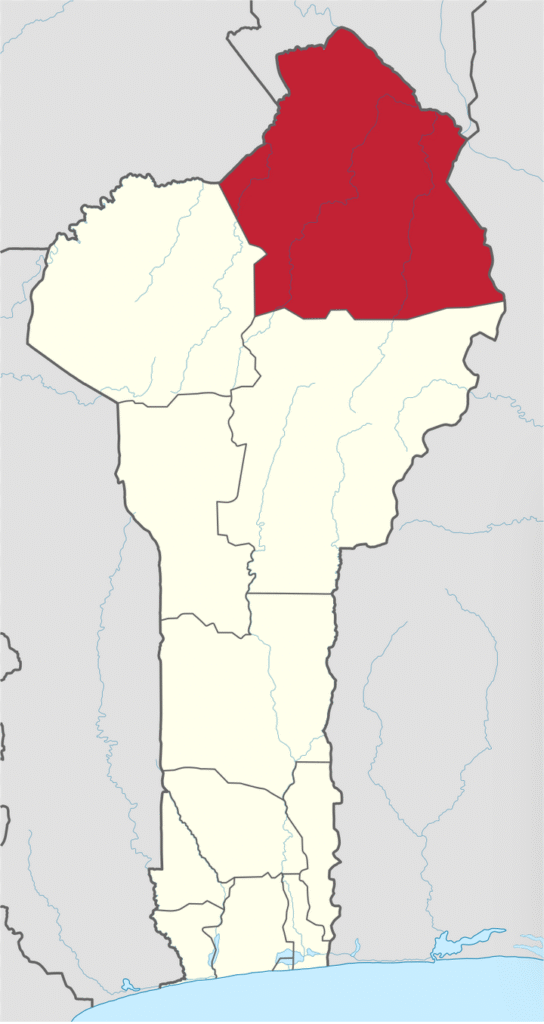
As of 2013, the total population of the department was 867,463, with 431,357 males and 436,106 females. The proportion of women was 50.30%. The total rural population was 75.70%, while the urban population was 24.30%. The total labour force in the department was 201,622, of which 25.40% were women. The proportion of households with no level of education was 83.70%.
The department of Alibori was created in 1999, when it was split off from Borgou Department. Since 2008, the department’s capital has been Kandi. Alibori is subdivided into six communes, each centered at one of the principal towns: Banikoara, Gogounou, Kandi, Karimama, Malanville and Ségbana.
The climate is mostly humid and tropical. The northern regions of Benin, in general, receives one season of rainfall from May to September, compared to the southern regions which receive two spells from March to July and September to November. Harmattan winds blow from the northeast from December through March.[5] The average temperature from April to June is 40 °C (104 °F) in Karimama, while the temperature ranges between 12 and 25 °C (54 and 77 °F) between November and March. The average elevation of the department is 200 m (660 ft) above the mean sea level.

Prefect of the Alibori department
Mr Ahmed Bello KY-SAMAH.

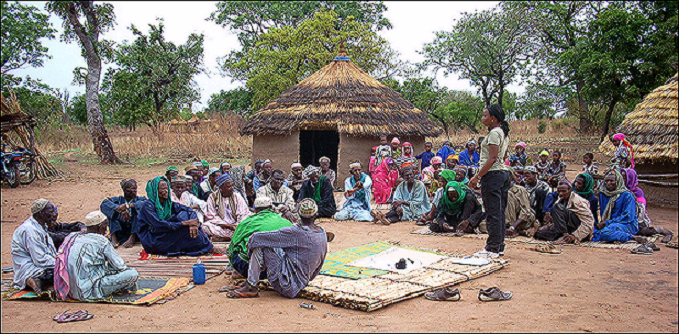
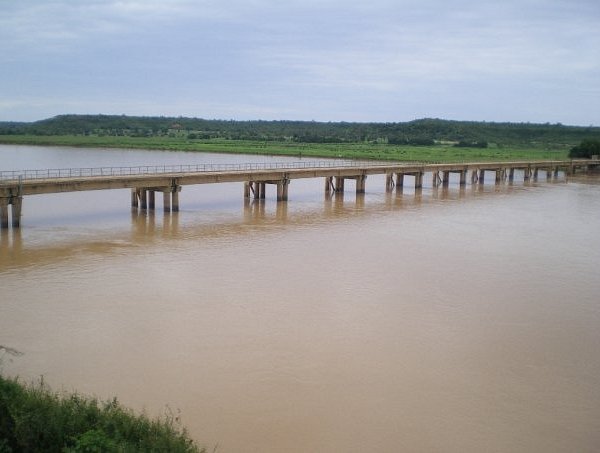
The main ethnolinguistic groups in the department are the Bariba, Dendi and Fulani. Other groups include the Boko, Gurma, Kyenga and the Mokole Yoruba.
Benin originally had six administrative regions (départements), which have now been bifurcated to make 12. Each of the deconcentrated administrative services (directions départementales) of the sectoral ministries takes care of two administrative regions. A law passed in 1999 transformed the sous-prefectures, the lowest level of territorial administration, into localgovernments.Municipalities and communal councils have elected representatives who manage the administration of the regions. The latest elections of the municipal and communal councils were held in June 2015
